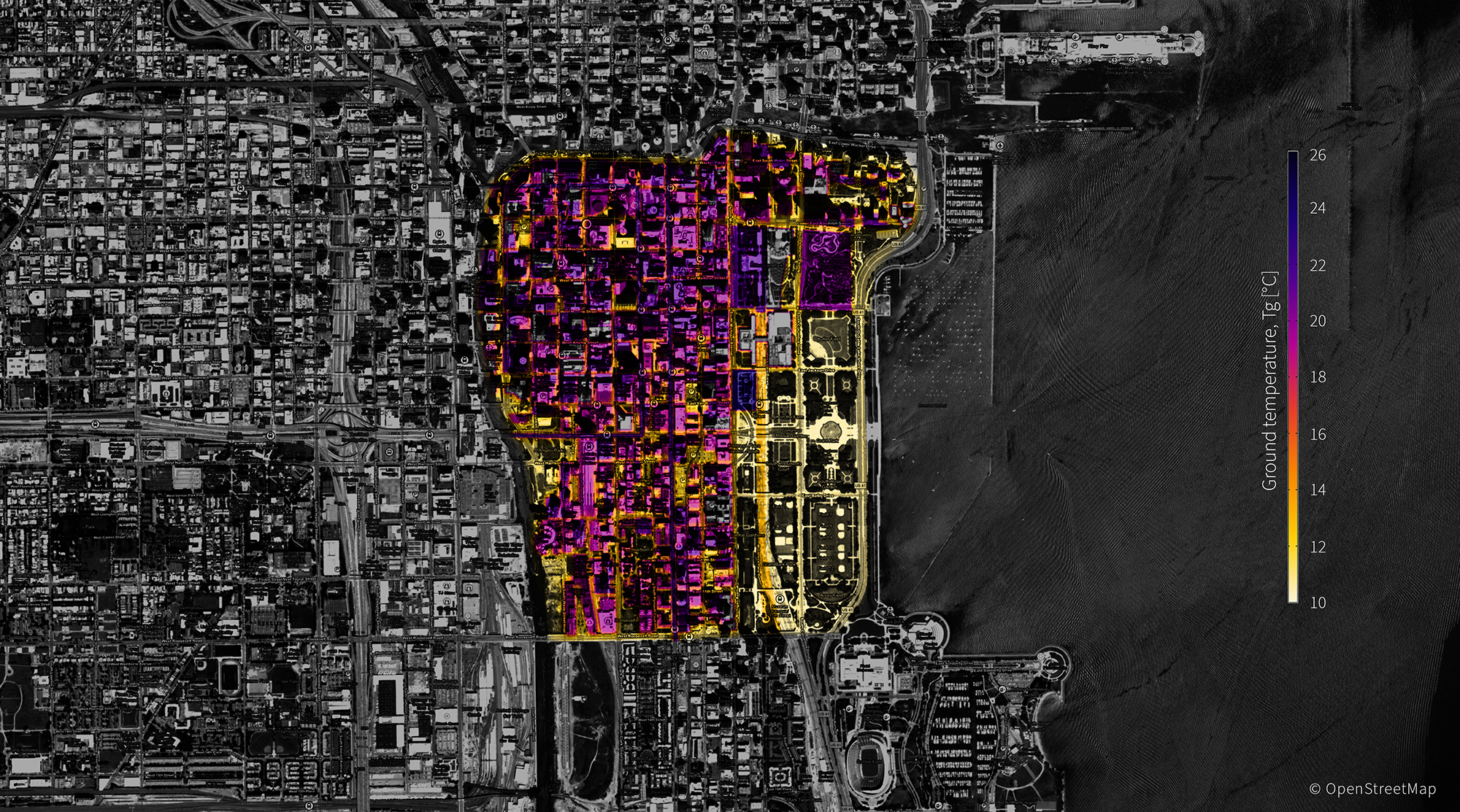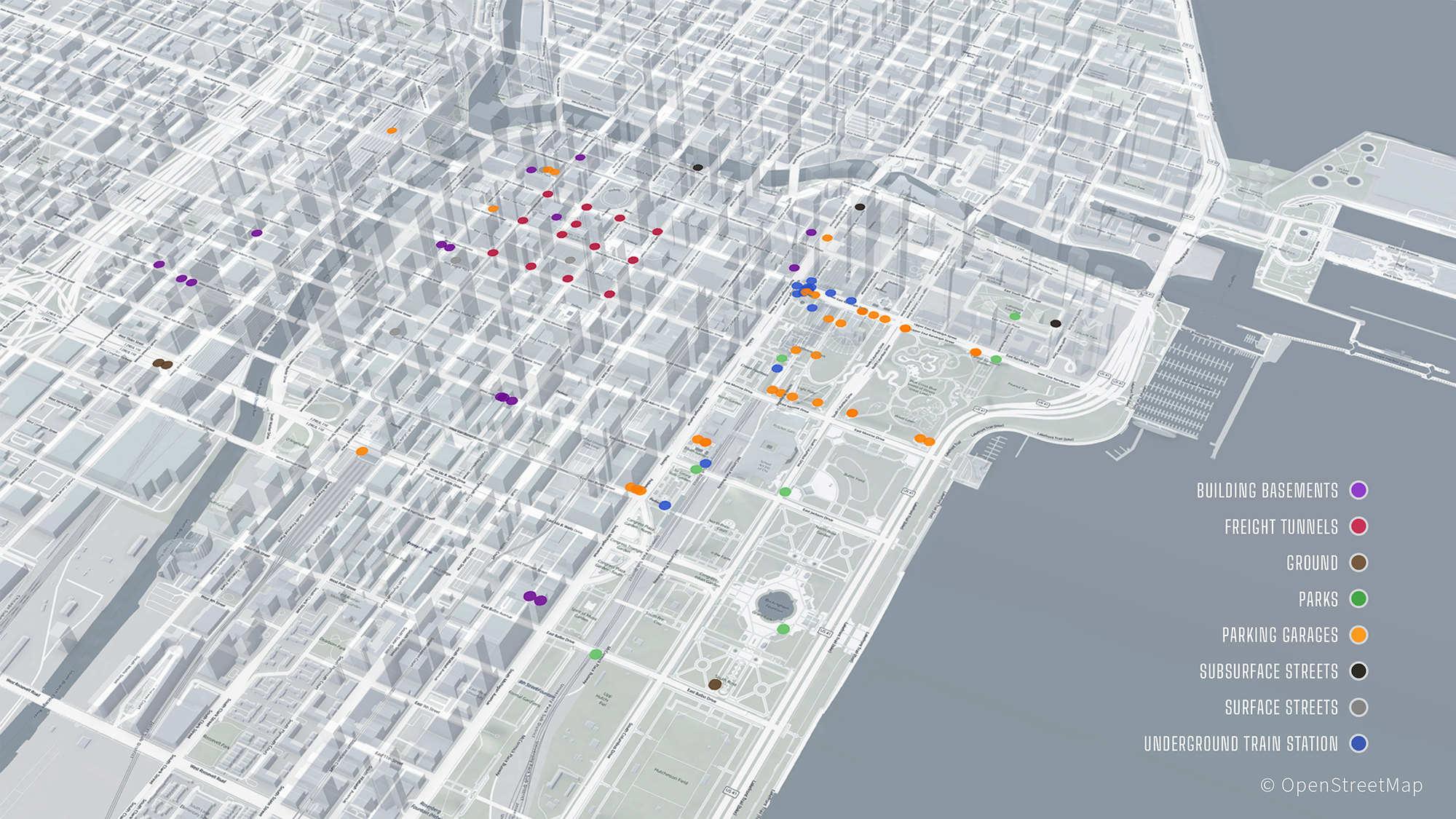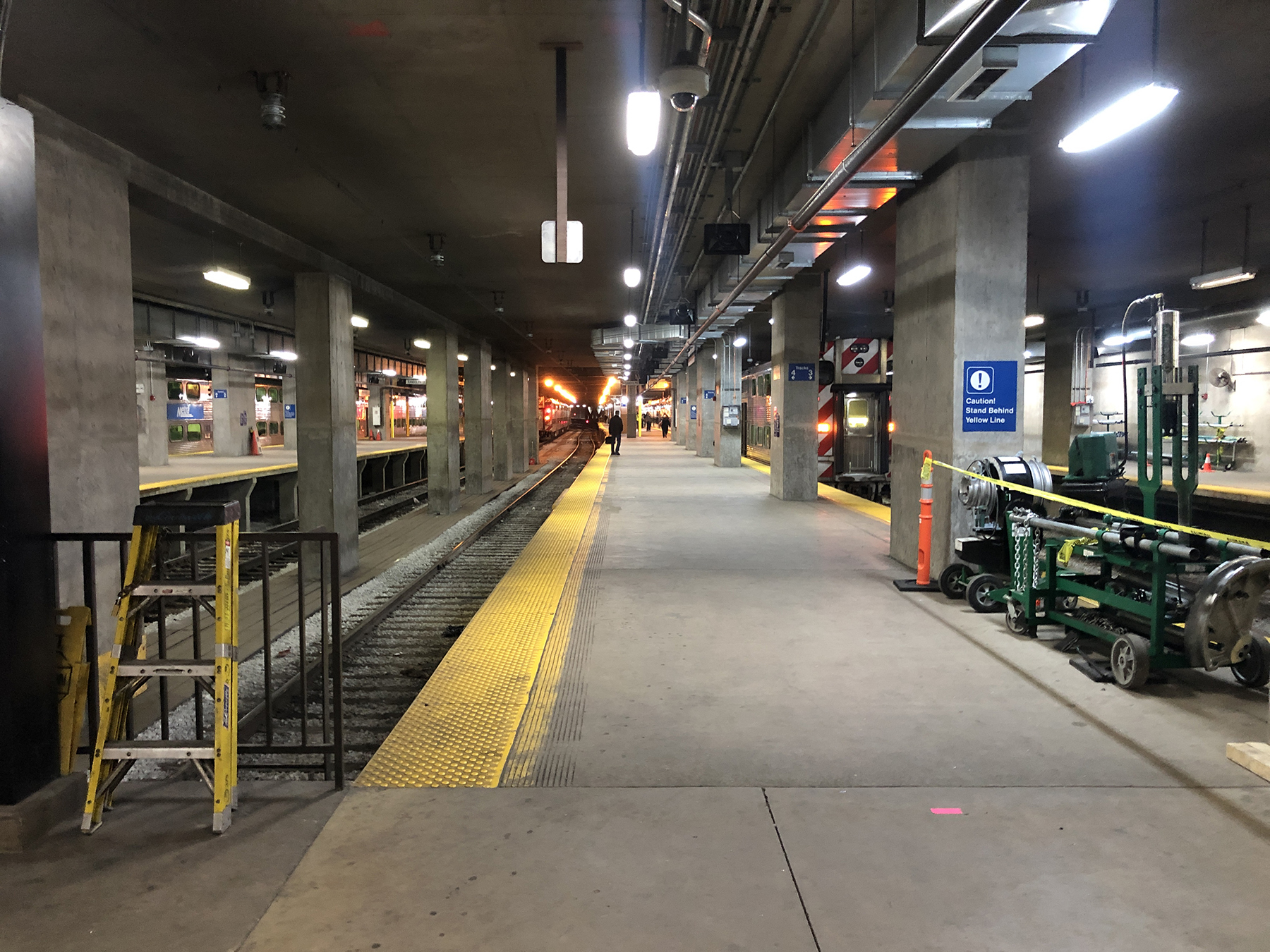By Sarah Derouin, Ph.D.
Heat islands, those built-up urban areas that retain heat, radiating it back into the air and recording higher temperatures than outlying areas, are becoming more ubiquitous as the world continues to warm. Lack of vegetation; the proliferation of such hard surfaces as pavement, sidewalks, and buildings; and even the hot air ventilation from heating, ventilation, and air conditioning systems are combining to increase temperatures in cities.
While efforts to reduce urban heat gain are ongoing, including the development of new pavements, the design of innovative heating projects, and even hypothetical designs featuring artificial “clouds” that could float above cities, the urban heat island effects taking place underground have been largely ignored.
In a new study in Nature’s Communication Engineering journal, Alessandro Rotta Loria, Ph.D., Aff. M.ASCE, an assistant professor of civil and environmental engineering at Northwestern University, looked at the long-term history of heat gain in Chicago.

Rotta Loria and his team found that not only was the underground area in the Chicago Loop experiencing heat gain that mimicked what was happening aboveground but that the increased temperatures were causing deformations exceeding 10 mm. And the deformation effect resulting from urban heat islands is likely to be even more significant in denser and older cities worldwide.
Chicago as a case study
“The reason why we chose the Loop as a case study specifically is that there are all these layers, and it’s the densest area in the city, with more than 450 buildings, basements, and parking garages,” says Rotta Loria.

He and his research team deployed a wireless sensing network to measure the temperatures underground in different environments. These temperature readings allowed the team to better understand what was driving elevated underground temperatures. The overarching question behind this endeavor was: How hot can underground environments be? “We show that they can be very hot, as a matter of fact,” he says.
Even more so, Rotta Loria says they discovered a linear relationship between the temperature in underground structures and the temperature that is found at the surface of cities. This is useful because “if we know the temperature of the surface of a city, we can predict relatively well, the temperature in underground structures,” he says.
Using these temperature data, Rotta Loria created a 3D model to characterize the ground temperature variations, deformations, and displacements caused by underground climate change. He validated the model with temperature data and heat diffusion information from the past 70 years in Chicago.
He found that deformations from temperature variations can be significant.
“We’re talking about vertical displacements exceeding 10 mm,” Rotta Loria says. “And displacements exceeding tens of millimeters can become problematic for the serviceability performance of foundation systems and civil structures and infrastructures.” These thermal-induced deformations — when added to existing building loads — could also make the originally acceptable deformation limits of such loads unacceptable over time, he notes.
These deformations can also vary based on heat distribution and the features and behavior of the soil layers, with significant differences occurring, depending on the underlying geology.
Debra Laefer, Ph.D., EI, M.ASCE, a professor of engineering at New York University, who was not involved in the study, shares a case study also from Chicago. “When the subway was built, because Chicago clay is fairly soft, there were buildings that settled more than a meter,” she explains. While the heavy buildings settled, the nearby, lighter sidewalks did not. “There’s a number of famous buildings in Chicago where you actually go down into the entryway,” Laefer says.

Laefer points out that the study notes that the maximum thermally induced heave upward can exceed 12 mm, while thermally induced settlements can exceed 8 mm downward. “These might not sound like a lot, but they’re starting to be to the point where they can be measured in the field,” she says.
“When you start reaching 12 mm, particularly in the heave side, that would really raise a red flag of concern” Laefer says. “That would be considered an upward bound limit before we’re really starting to see some damage.”
But Rotta Loria notes that thermal displacements form on a case-by-case basis for each structure. “We’re not talking about deformations and ground movements that can cause buildings to collapse, but we’re talking about movements that might impair the function of structures through excessive settlement, angular distortions, tilting, and potentially cracking,” he says.
Much like the building and sidewalk settlement differences, utilities like gas and water lines that come into the buildings may not move at the same rate as the building. “It may cause us to have to rethink a lot of those connections,” Laefer says. “I don’t believe it’s something that’s called out in the building code right now, but maybe five to 10 years from now we’ll start doing that.”
The future of underground climate mitigation
Although he calls the study exploratory, Rotta Loria wanted to bring more attention to the oft-overlooked rise in ground temperatures. “When I found out these results, I felt compelled to bring them in front of the scientific community and the public because that is relevant and noteworthy.”
Laefer agrees, noting, “I was delighted to see scholarship in this area because it’s not something that geotechnical engineers have traditionally had a large hand in.”
“One of the things (about our) profession — the whole cadre of urban planning architects, engineers, and policymakers — is that we don't give enough thought to the underground,” says Laefer. “We don't zone it the way we zone the aboveground.”
“I think this is kind of a heads-up,” says Rotta Loria. “It's highlighting a new perspective about a phenomenon that, to date, has been developing under our feet without us realizing it.” He points out that future investigations could consider case-by-case projects and even city-specific hot spots.
This article is published by Civil Engineering Online.



